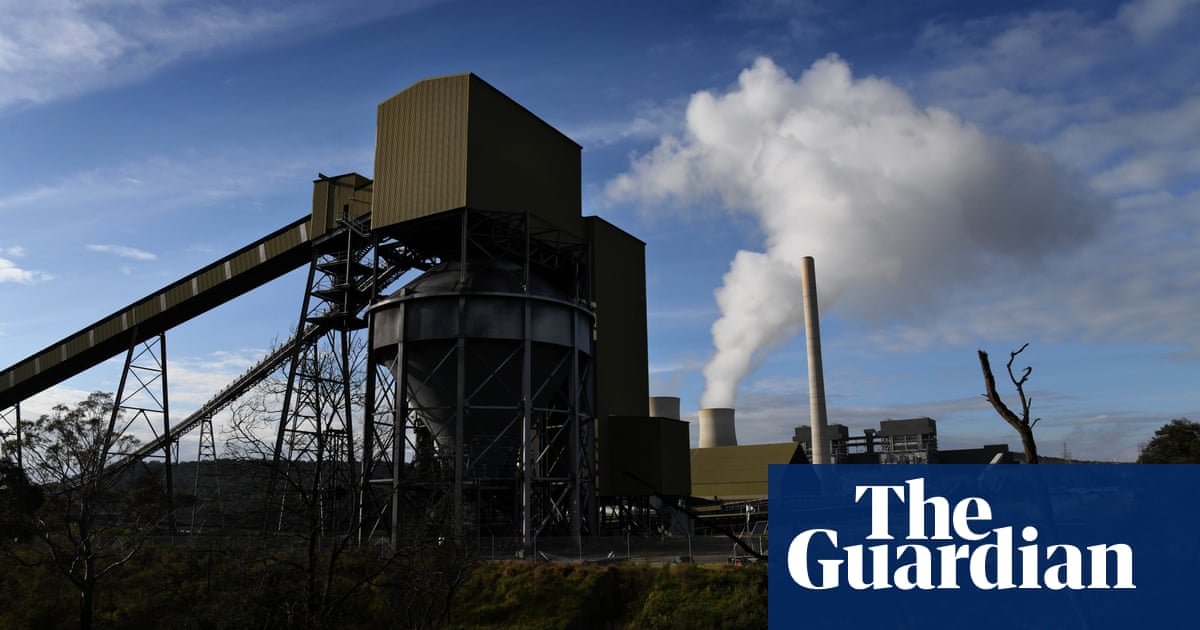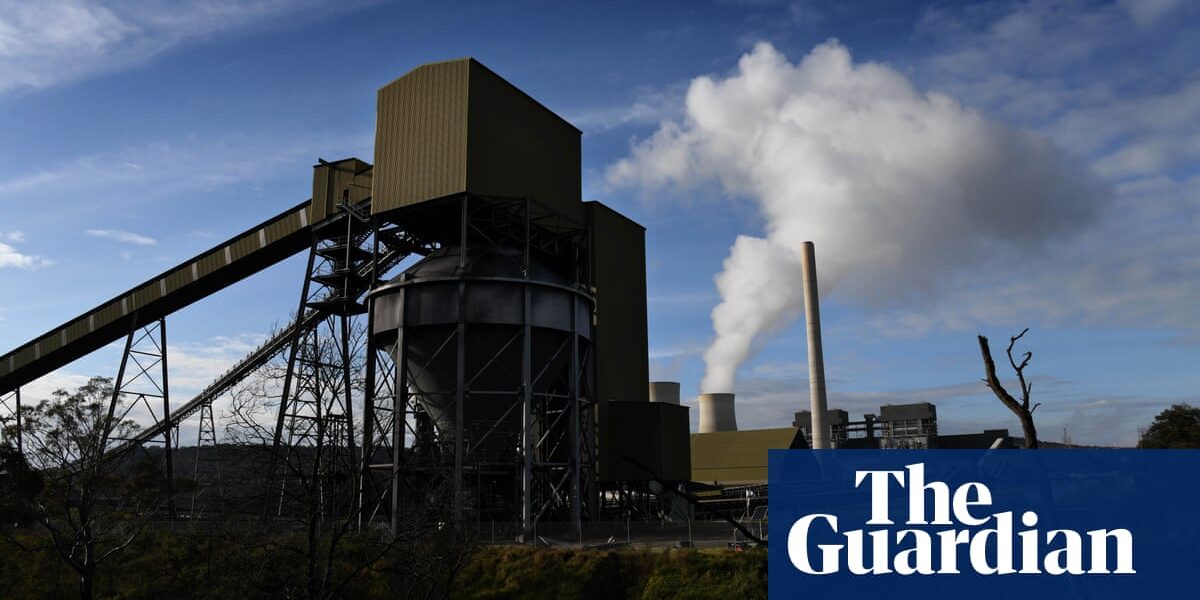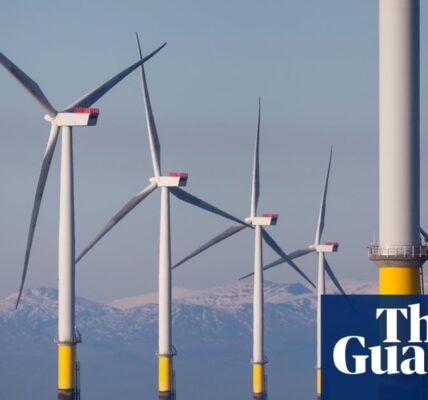
Queensland is emerging as the nuclear capital under the Coalition, with speculation it could be home to up to two reactors in the opposition’s energy plan.
Such a move would pit the federal Coalition against the state LNP just months out from the Queensland election. David Crisafulli, the LNP state leader, said on Tuesday he would not repeal the state’s nuclear ban if elected and nuclear was “not on our plan, not on our agenda”.
Coalition MPs will learn of their party’s nuclear plans almost at the same time as voters, as Peter Dutton tried to contain leaks of one of his signature election policies.
The plan, which went to shadow cabinet overnight and was scheduled to be presented to a joint party room teleconference at 8.30am on Wednesday, has been kept under wraps, with most backbenchers caught by surprise by the snap announcement.
Guardian Australia understands Queensland will play a major role as a nuclear site, with existing power sites at Tarong in Nanango, and Callide in Bioela under consideration.
Other areas raised as potential sites included Port Augusta in South Australia, Collie, south of Perth, the Hunter Valley and Mt Piper in New South Wales, and the Latrobe Valley in Victoria.
The Australian newspaper reported the reactors would be Commonwealth-owned in a similar structure to the Snowy Hydro 2.0 scheme.
Dutton and the Coalition leadership were hoping to capitalise on strong showings in recent opinion polls, which showed voters viewed nuclear power favourably as part of Australia’s energy mix.
-
Sign up for Guardian Australia’s free morning and afternoon email newsletters for your daily news roundup
Dutton had previously said the Coalition would only be looking at sites where there was already an “end-of-life coal fired power station”.
But some critics questioned whether “anyone had looked at a map” when choosing sites, noting there were different requirements for a coal-fired power station and even a small nuclear plant.
“I don’t know how seriously they will have looked at some of these sites,” one Coalition MP said, under the condition of anonymity.
Water was one of the key issues, given its use in cooling, meaning any potential plant would be best situated along the coast or near a large body of water. Geographic faultlines were also a consideration – central Queensland, where much of Queensland’s existing coal-fired power stations are situated has several faultlines recorded by Geoscience Australia, an issue given the stability needed for a nuclear plant.
There was also the question of where Australia would store the waste.
Dutton has said the Coalition’s nuclear plan is required to deal with ageing and retiring coal power plants.
The Australian Conservation Foundation (ACF), in a Wednesday report assessing the Coalition’s plans, found the plan to install nuclear power plants around the country would require billions of dollars in government subsidies.
While the cost of other energy technologies had decreased over time, the report found nuclear costs had increased because of safety improvements and persistent flaws in management, design, and supply chains, citing a 2020 MIT study.
The ACF’s report, co-authored by anti-nuclear campaigners Dr Jim Green and Dave Sweeney, also concluded additional taxpayer subsidies would be needed to cover insurance for nuclear accidents or incidents.
Some of Australia’s major insurers, such as AAMI, CGU, Allianz, QBE and NRMA, also won’t insure homes, cars or possessions against a nuclear accident, the report said.
Cost blowouts and multi-year delays experienced by the US, the UK and Europe are also likely to occur in Australia, the report found. A number of projects around the world reached commercial operation about two decades after being announced.
According to the report’s findings, a nuclear power reactor in Australia could only begin operating in about the mid-2040s, if a federal ban on nuclear power was overturned, and would only begin to contribute to emissions reductions by around 2050.
The ACF’s chief executive, Kelly O’Shanassy, said promoting nuclear was prolonging the use of fossil fuels.
“Major solar and wind projects can be conceived, constructed and connected much quicker,” she said.
“Nuclear is an energy source the market doesn’t want. The big electricity utilities are not interested, nor are most private investors, so nuclear would require huge public subsidies.
“We cannot afford to squander more time in moving our economy away from its reliance on climate-damaging coal and gas. Nuclear is a dangerous distraction to effective climate action.”
The Albanese government on Wednesday announced it was investing up to $100m in grant funding to lower deployment and operation costs for Australia’s solar industry.
The “international challenge”, which is open for eight weeks, will invite innovators, customers, financiers and those in construction, operation or maintenance to pitch ideas aimed at slashing the costs of a solar project installation to 30 cents per watt and to reduce electricity costs to below $20 per megawatt hour by 2030.
The climate change and energy minister, Chris Bowen, said the modern solar panel was, in effect, an Australian invention and he wanted to see more breakthroughs locally.
“The world added 445 gigawatts of solar [power] last year, more than all other power sources combined, because the world is rapidly moving to renewable energy, the cheapest form of energy,” he said.
Source: theguardian.com


